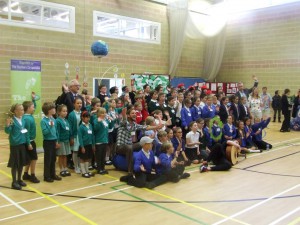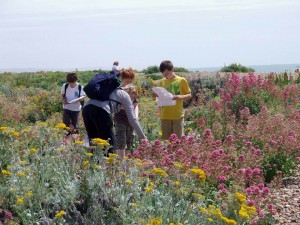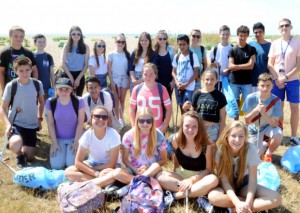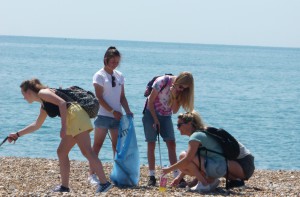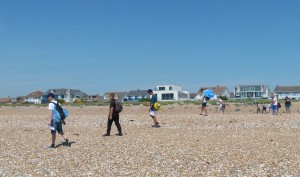The last school visit before summer hols. Sadly after the sunny weather, the day of the visit was dull and drizzly however it did not dampen the enthusiasm of the children.
The visit was in two halves, the first focusing on the rock pools near the Shoreham Fort where the children explored the pools. A table and some trays where set up so the children could bring back some of the creatures they found and then I talked about the creatures in the trays which included juvenile shore crabs, blenny, shrimps, prawns and edible periwinkle.
The second part of the visit focused on the vegetated shingle as plants was one of the topics the children were learning about this term. I brought along a plant from his garden and asked the children that if he planted it on the beach would the plant survive. They said no. I then asked them why and the children listed lots of reasons such as no soil, no freshwater, sea spray, strong winds etc.
The shingle plants have adaptations that allow them to overcome the problems of living on the beach.
The children used an activity sheet to look for these special adaptations and then identified the plants using an ID guide sheet. The children did well despite the strong wind but unfortunately because of the weather they did not see any bees, butterflies or other invertebrates.
The children still had a great day and the teacher said the children had learned lots.

